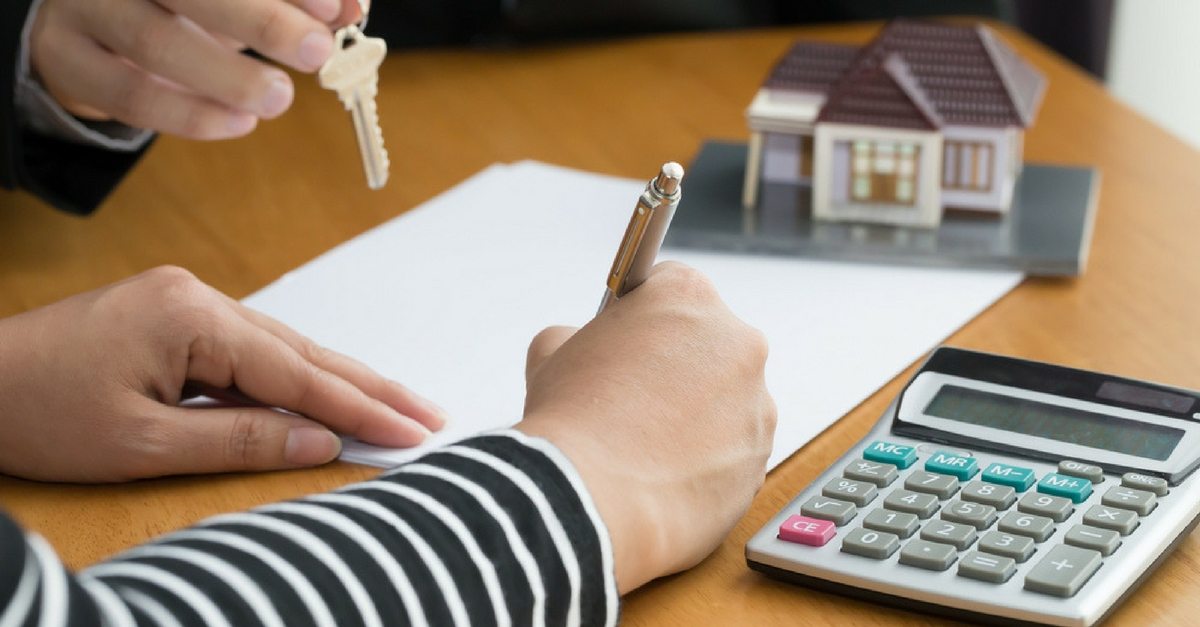On weddings, couples vow to stay married until death does them apart. However, unfortunately, life does not work out as planned always. Tolerance power in today’s generation is getting bleak and most of the couples are heading for divorce.
Divorces can be very frustrating and dirty. Besides custody battles and emotional strain, many of the divorced couples face financial hardships as well.
Divorce and bankruptcy often go hand in hand, with one leading to the other. The attorney practicing Colorado bankruptcy lawyer can determine which one should be filed first, the timing of the filing and the intersection of these areas of law.
Marriage and Bankruptcy Qualifications
The income of the filer determines what Chapter of the bankruptcy code he/she qualifies for and it can be affected by the marital status as well.
Chapter 7 of the Bankruptcy Code allows discharging the debts in three to five months whereas Chapter 13 is a repayment plan bankruptcy involving making payments to the creditors for three to five years. The amount of the earned income and qualifying for Chapter 7 of bankruptcy depends on the size of the household. More the number of people in the household, more the income is allowed to earn and still qualifying.
A joint bankruptcy may only be filed in case of the debtor is married. However, in case the debtor is divorced and his/her children are living with ex-spouse, then none of the people can be part of your household. Therefore, due to smaller households, the debtor may be required to file bankruptcy under Chapter 13.
Protection of assets
Divorce results in the division of assets between the spouses and bankruptcy liquidate only those assets that are not protected by Colorado bankruptcy law exemptions.
If the divorce is filed before the bankruptcy, then the assets can be allocated to the debtor by the divorce court. In case bankruptcy is filed after the divorce, then assets cannot be protected from the creditors. The protection of your assets can be increased by filing bankruptcy before divorce
At the risk of filing bankruptcy, if you decide to hold off and a get a divorce first then be aware of the fact that filing bankruptcy in the middle can prevent your property to be divided due to the automatic stay. The property will be protected from collection efforts of the creditor with the automatic stay. However, heading for bankruptcy in the middle of a divorce can result in longer proceedings as the property and assets are needed to be taken care of within bankruptcy first.
Debts in Bankruptcy and Divorce
Credit cards and dischargeable debts are wiped when you file bankruptcy giving the much needed fresh start. However, the divorce court can order the debtor to pay the debts of the spouse as well. In case the debtor wants his/her ex-spouse to pay the debts, and then the limitation of such an arrangement should be properly known.
The court’s order does not depend on who owes the debt to the creditor. The obligation to pay another person’s debt is an obligation to that person and not that of the creditors.
If the debtor’s spouse fails to make a payment on the credit card owned by the debtor, then he/she may face lawsuits, negative credit reporting, and collections. If the spouse of the debtor is already bankrupt then the debtor may be thrust into bankruptcy after the divorce if the debts exceed the income.
Conclusion
A thorough review of the financial situation is needed in order to decide what to file the first divorce or bankruptcy. There are many complicated parts when reviewing bankruptcy and divorce, so a Colorado bankruptcy law attorney can help in making a smart strategic plan.














